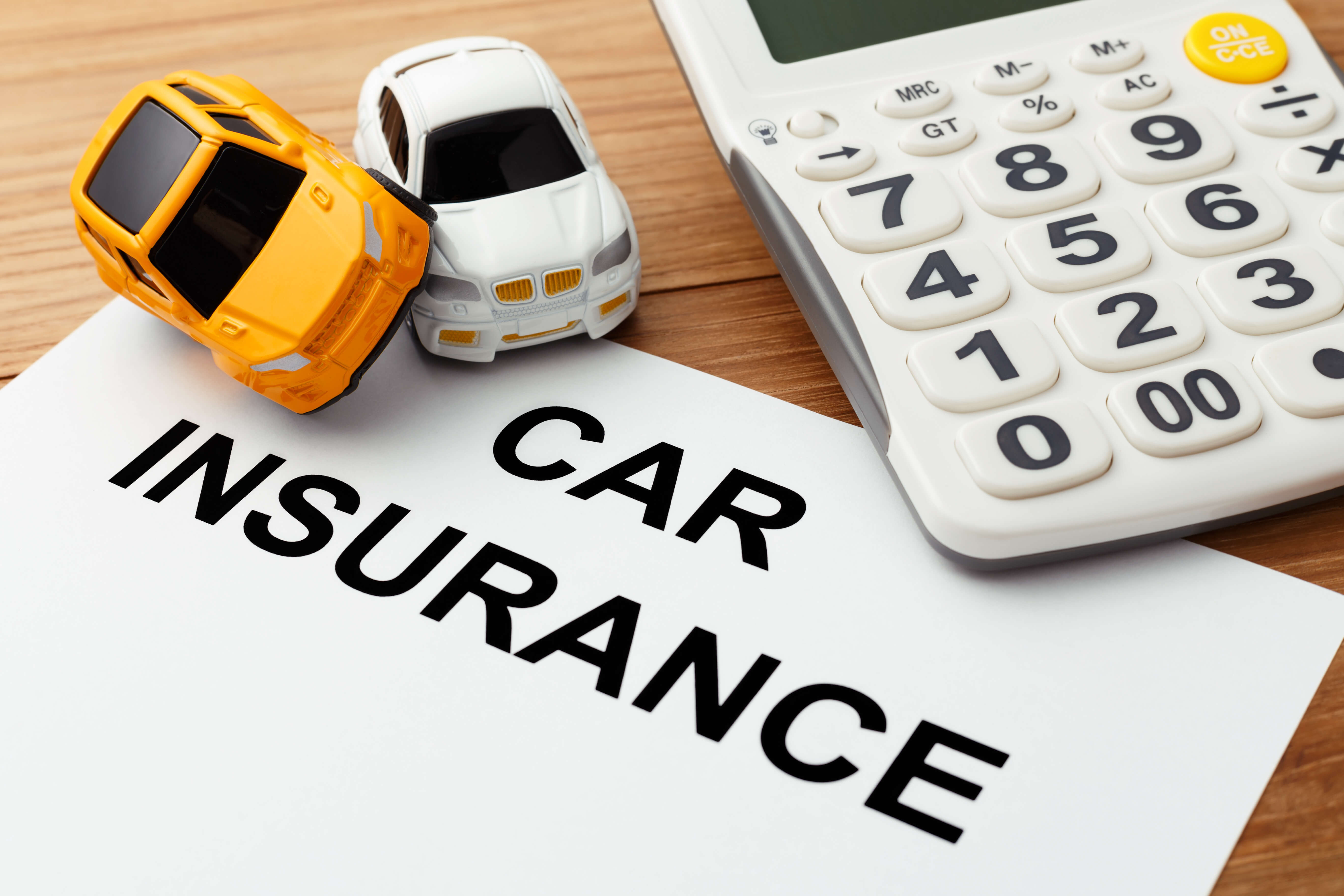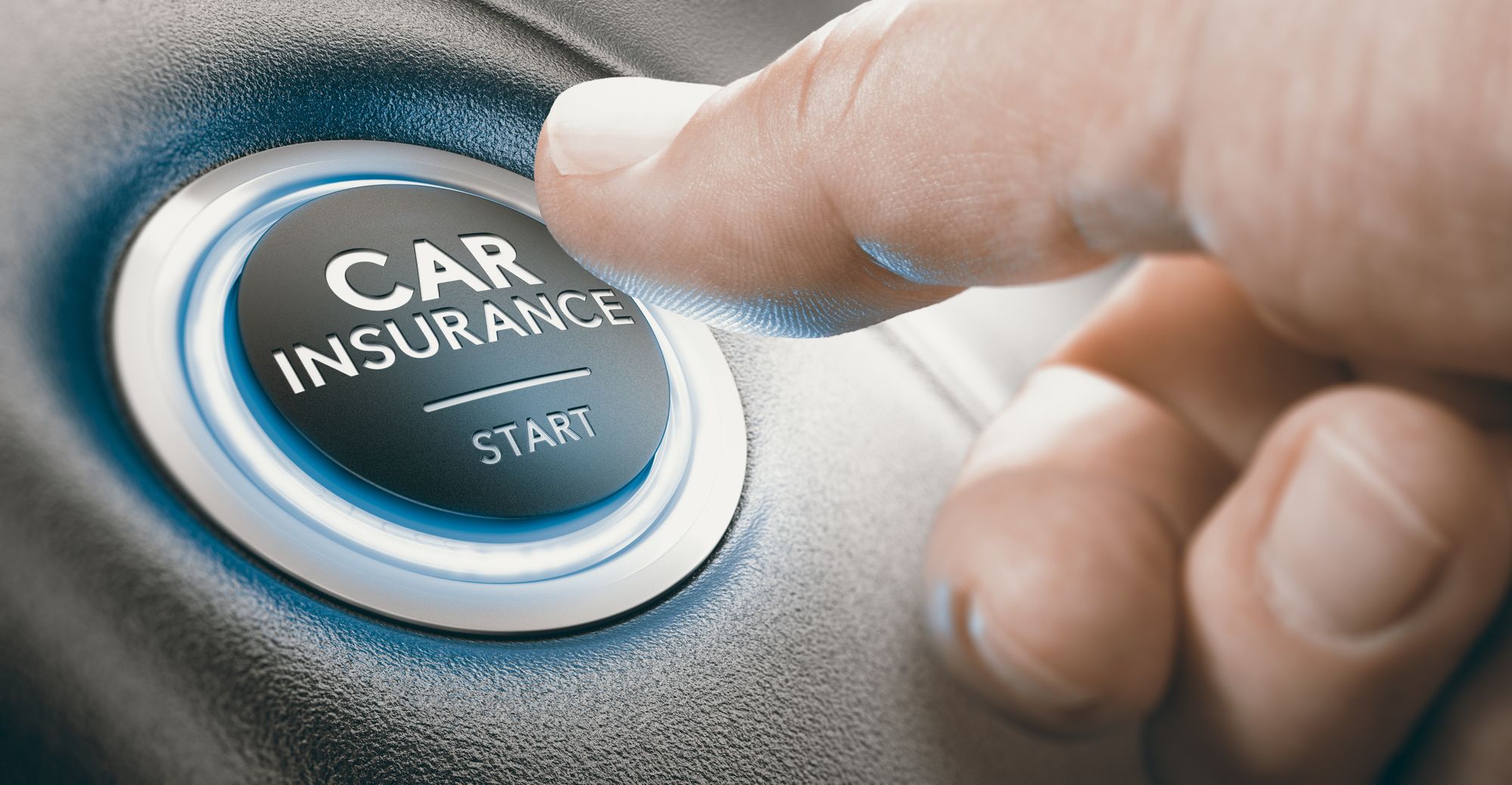Navigating the Road with Car Insurance: A Friendly Guide

Navigating the Road with Car Insurance: A Friendly Guide
Okay, so you’ve got a set of wheels. Congrats! Freedom, right? Road trips, grocery runs, blasting your favorite tunes… It’s all good times. But before you get too carried away, let’s talk about something that’s not quite as thrilling, but way more important: car insurance.
I know, I know. Insurance. It sounds boring. It feels like throwing money into a void. But trust me, car insurance is like a superhero cape for your car (and your bank account) when things go sideways. It’s the safety net that keeps you from financial disaster if you ding someone’s bumper, get rear-ended, or, heaven forbid, something worse happens.
So, let’s break down the basics in a way that doesn’t make your eyes glaze over.
Why Do I Even Need This Stuff?
First things first: in most places, car insurance isn’t optional. It’s the law. Think of it as the price you pay to play on the public roads. But even if it wasn’t mandatory, you’d still want it.
Here’s why:
- Financial Protection: Accidents happen. Even if you’re the world’s best driver, you can’t control what other people do. If you cause an accident and someone gets hurt or their car is damaged, you could be on the hook for some serious cash. Medical bills, car repairs, lawsuits… it can all add up faster than you think. Car insurance helps cover those costs, so you don’t have to drain your savings or sell your house.
- Protection Against the Unexpected: It’s not just about accidents you cause. What if your car gets stolen? What if a tree falls on it during a storm? What if someone vandalizes it? Car insurance can help cover those losses too.
- Peace of Mind: Knowing you’re covered allows you to drive with less stress. You can focus on the road, not on the "what ifs."
Decoding the Lingo: The Types of Coverage
Okay, so you’re convinced you need insurance. Great! But now you’re faced with a whole bunch of confusing terms. Let’s break them down:
- Liability Coverage: This is the big one, and usually the one required by law. It covers the costs if you cause an accident and injure someone else or damage their property. Think of it as protecting other people. It has two parts:
- Bodily Injury Liability: Covers medical bills, lost wages, and other expenses if you injure someone in an accident.
- Property Damage Liability: Covers the cost of repairing or replacing someone else’s car or property if you damage it in an accident.
- Collision Coverage: This covers damage to your car if you hit another vehicle or object, regardless of who’s at fault. So, if you rear-end someone, hit a pole, or sideswipe a guardrail, collision coverage will help pay for the repairs.
- Comprehensive Coverage: This covers damage to your car from things other than collisions. Think of it as the "everything else" coverage. It includes things like:
- Theft
- Vandalism
- Fire
- Hail
- Flood
- Falling objects (like trees)
- Animal damage (like hitting a deer)
- Uninsured/Underinsured Motorist Coverage: This protects you if you’re hit by someone who doesn’t have insurance (uninsured) or doesn’t have enough insurance to cover your damages (underinsured). It can help pay for your medical bills, lost wages, and car repairs.
- Personal Injury Protection (PIP): This covers your medical expenses and lost wages if you’re injured in an accident, regardless of who’s at fault. It’s often required in "no-fault" states.
- Medical Payments Coverage (MedPay): Similar to PIP, but it only covers medical expenses. It can be used to supplement your health insurance or cover expenses like deductibles and co-pays.
Understanding Your Policy: Limits and Deductibles
Now that you know the types of coverage, let’s talk about the numbers. Your policy will have limits and deductibles, which determine how much the insurance company will pay and how much you’ll pay out of pocket.
- Limits: The limit is the maximum amount the insurance company will pay for a covered claim. For liability coverage, you’ll see limits like "100/300/50." This means:
- $100,000 is the maximum amount the insurance company will pay for bodily injury to one person in an accident.
- $300,000 is the maximum amount the insurance company will pay for bodily injury to all people injured in an accident.
- $50,000 is the maximum amount the insurance company will pay for property damage in an accident.
- It’s generally a good idea to choose higher limits, especially for liability coverage, to protect yourself from large claims.
- Deductibles: The deductible is the amount you pay out of pocket before your insurance coverage kicks in. For example, if you have a $500 deductible for collision coverage and you get into an accident that causes $2,000 in damage to your car, you’ll pay $500 and the insurance company will pay the remaining $1,500.
- Choosing a higher deductible will lower your premium (the amount you pay for insurance), but it also means you’ll have to pay more out of pocket if you have a claim.
Shopping Around: Getting the Best Rates
Okay, so you know what coverage you need. Now it’s time to shop around and compare rates. Don’t just go with the first quote you get.
Here are some tips for finding the best rates:
- Get Quotes from Multiple Companies: The price of insurance can vary significantly from one company to another. Get quotes from at least three or four different companies to see who offers the best deal.
- Compare Apples to Apples: Make sure you’re comparing the same coverage levels and deductibles when you get quotes. Otherwise, you’re not really comparing the same thing.
- Ask About Discounts: Many insurance companies offer discounts for things like:
- Safe driving record
- Good student grades
- Multiple cars on the same policy
- Bundling your car insurance with your home insurance
- Being a member of certain organizations
- Consider Your Credit Score: In most states, insurance companies can use your credit score to help determine your rates. Improving your credit score can lower your insurance premiums.
- Don’t Be Afraid to Negotiate: Once you have a few quotes, don’t be afraid to call the insurance companies and see if they can offer you a better rate.
Factors That Affect Your Insurance Rates
So, what determines how much you’ll pay for car insurance? A bunch of things, actually. Here are some of the most important factors:
- Your Driving Record: This is a big one. If you have a history of accidents or tickets, you’re going to pay more for insurance.
- Your Age: Younger drivers, especially teenagers, tend to pay more for insurance because they’re statistically more likely to be involved in accidents.
- Your Gender: In some states, insurance companies can use your gender to determine your rates. Men tend to pay more than women, especially younger men.
- Your Location: If you live in a city with a lot of traffic and crime, you’re likely to pay more for insurance than if you live in a rural area.
- The Type of Car You Drive: Expensive cars, sports cars, and cars that are frequently stolen tend to cost more to insure.
- Your Coverage Levels: The more coverage you have, the more you’ll pay for insurance.
- Your Deductible: As mentioned earlier, a higher deductible will lower your premium.
- Your Credit Score: In most states, a lower credit score will result in higher premiums.
Filing a Claim: What to Do After an Accident
Okay, so you’ve been in an accident. What do you do now?
- Stay Calm: It’s easier said than done, but try to stay calm. Take a few deep breaths and focus on what you need to do.
- Check for Injuries: Make sure you and anyone else involved in the accident are okay. If anyone is injured, call 911 immediately.
- Move to a Safe Location: If possible, move your car to a safe location out of the flow of traffic.
- Call the Police: Call the police to report the accident, especially if there are injuries or significant damage.
- Exchange Information: Exchange information with the other driver, including:
- Name
- Address
- Phone number
- Insurance company and policy number
- Driver’s license number
- License plate number
- Document the Scene: Take photos of the damage to your car and the other car, as well as the accident scene.
- Contact Your Insurance Company: Contact your insurance company as soon as possible to report the accident. They will guide you through the claims process.
- Cooperate with the Insurance Company: Cooperate with the insurance company’s investigation. Provide them with all the information they need, and be honest about what happened.
A Few Extra Tips
- Review Your Policy Regularly: Make sure your coverage levels are still adequate for your needs. As your assets grow, you may want to increase your liability limits.
- Keep Your Policy Up to Date: Let your insurance company know if you move, change cars, or add drivers to your policy.
- Drive Safely: The best way to avoid accidents and keep your insurance rates low is to drive safely. Follow the rules of the road, avoid distractions, and don’t drive under the influence of alcohol or drugs.
- Consider an Umbrella Policy: If you have significant assets, you may want to consider an umbrella policy. This provides an extra layer of liability coverage above and beyond your car insurance and home insurance policies.
The Bottom Line
Car insurance isn’t the most exciting topic, but it’s an essential part of being a responsible driver. By understanding the basics of car insurance, you can make informed decisions about your coverage and protect yourself from financial loss.
Think of it this way: car insurance is like a seatbelt. You hope you never need it, but you’re sure glad it’s there if you do. Safe driving out there!
